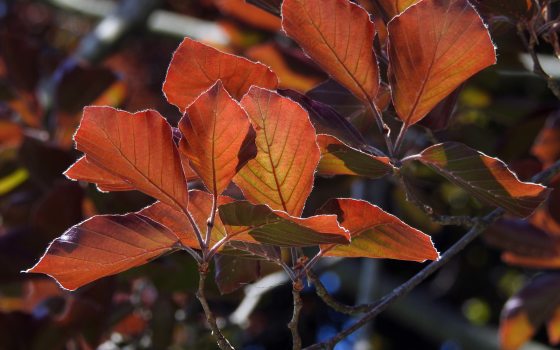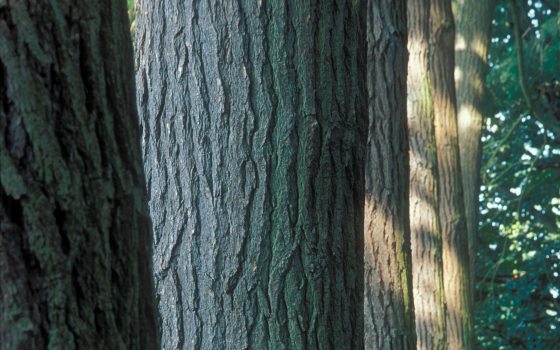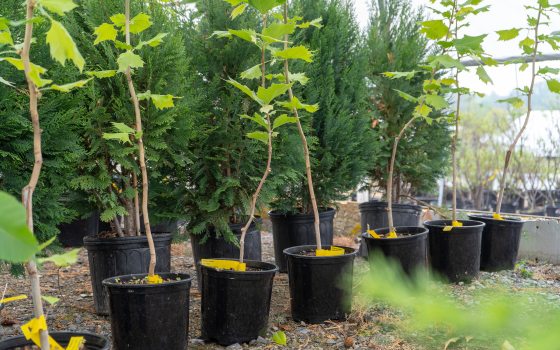The time has come for us to say goodbye to an old friend. After gracing Oak and Conifer Knoll for an estimated century, we’re sad to share that the removal of a beloved copper beech (Fagus sylvatica f. purpurea) is now underway. Measuring about 90 feet in height, this particular copper beech is among those ordered in either 1928 or 1933 by Longwood founder Pierre S. du Pont, as well as one of Longwood’s champion trees. A fungal disease has plagued this beech for a decade and, despite our best efforts, has compromised its health to the point in which the tree must be removed. We have treasured this mighty beech for its gorgeous foliage to its beautiful silhouette and we will dearly miss its presence.
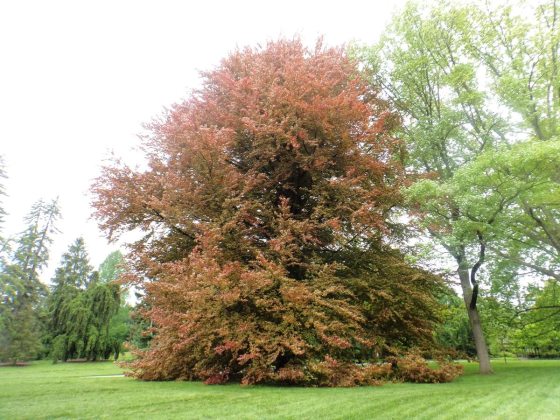
Our dedication to the health and wellbeing of our tree collection dates back to the very founding of Longwood Gardens, when du Pont purchased the property in 1906 to save the historic trees planted in Peirce’s Park from being cut for lumber. Today, we dedicate ourselves to the health and preservation of the trees throughout our Gardens, following a detailed tree management plan that guides the care of our historic trees. Every so often, in a case like this one, our efforts prove to fall short to the natural life cycle, especially in those trees that are susceptible to disease as they age.
Throughout the last decade, this copper beech has suffered from a fungal disease termed Phytophthora bleeding canker, which is known to affect beeches. Trees suffering from this disease develop bleeding cankers that girdle the tree as they grow and coalesce, leading to branch dieback. Despite regular treatments throughout the years and closely monitoring its condition along the way, we have made the careful decision to remove the tree.
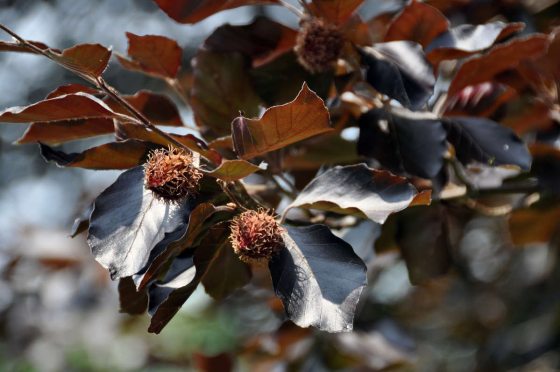
While our responsibility of stewarding this land does come with heartbreaking decisions such as these, it also comes with the promise of tomorrow. We will be replacing our outgoing copper beech with three European beech (Fagus sylvatica ‘Riversii’) trees—a more widely cultivated beech—to be planted this spring. We look forward to introducing the new trees to our collection and making new memories among their beauty, while remembering with fondness the influence their predecessor has had on generations past.
